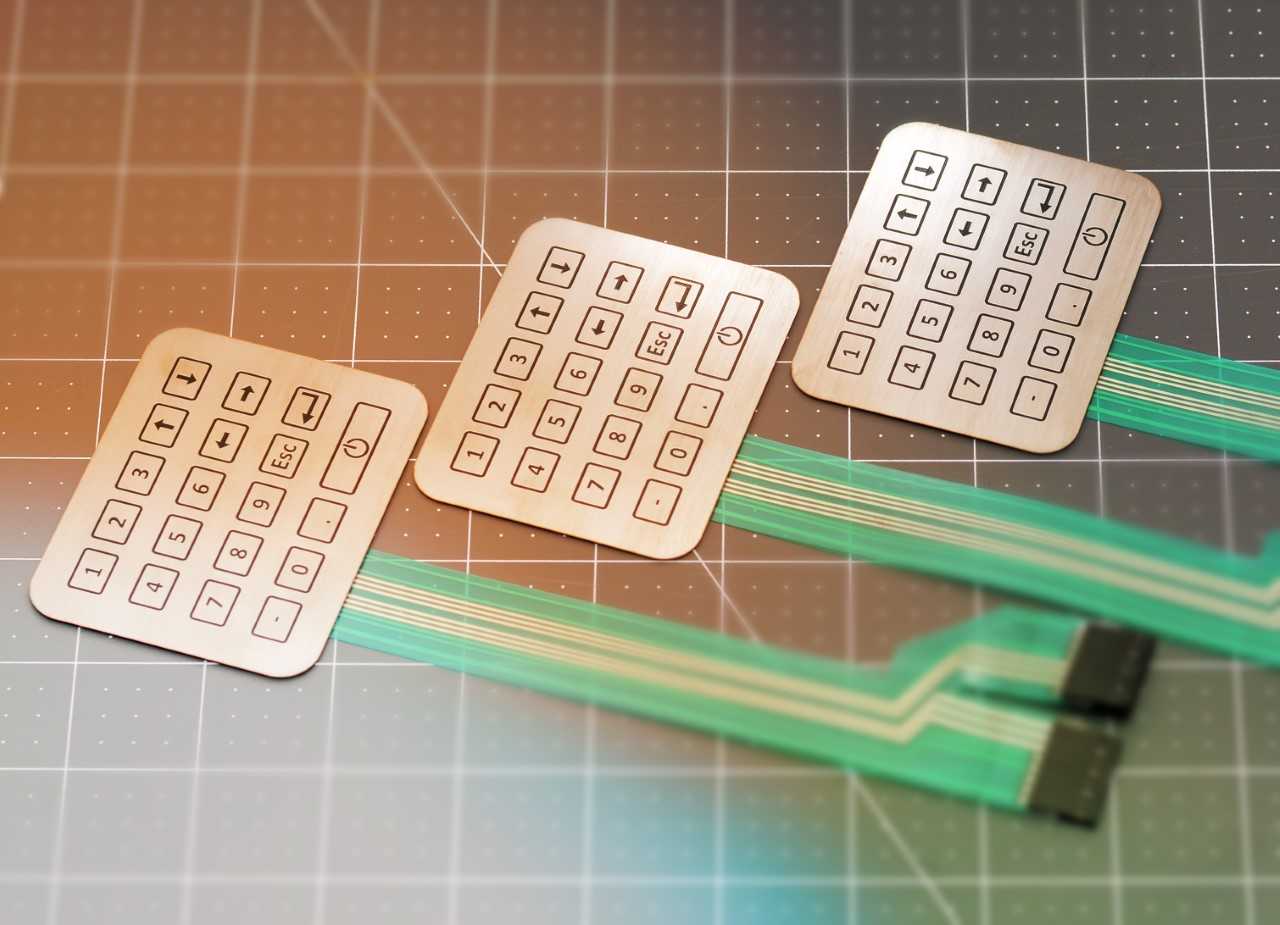The Role of Membrane Switches in Enhancing Device Functionality
The Role of Membrane Switches in Enhancing Device Functionality
Blog Article
Understanding Membrane Switches: The Key to Sturdy and Reliable Controls

What Are Membrane Buttons?
Membrane buttons are a sophisticated solution in the world of individual interface technology, integrating capability and style effortlessly. These tools offer as a user interface in between individuals and electronic systems, integrating several parts right into a small style. Commonly created from flexible, slim layers of materials, membrane layer buttons are designed to reply to touch, enabling individuals to engage with equipment and digital gadgets properly.
The main elements of a membrane button consist of a published circuit layer, graphic overlay, and a spacer layer that prevents unexpected activation. The visuals overlay can be personalized to show brand name identification or user choices, boosting appearances while making certain use. Membrane layer buttons are frequently utilized in numerous applications, including clinical tools, consumer electronic devices, and industrial tools, owing to their resilience and resistance to ecological factors such as wetness and dirt.
One of the key benefits of membrane layer buttons is their ability to stand up to damage, making them perfect for high-traffic atmospheres. In addition, they are lightweight and call for very little space, permitting ingenious designs in item development. In general, membrane switches represent a effective and sensible choice for modern electronic interfaces, weding innovation with user-centric layout concepts.
Exactly How Membrane Changes Work
The procedure of membrane layer switches over depend upon a basic yet effective system that converts user input into digital signals. These switches are composed of numerous layers, usually including a graphic overlay, a spacer layer, and a circuit layer. When a user presses the button, the leading layer flaws, allowing a conductive aspect in the circuit layer to reach a matching conductive pad on the underside of the visuals overlay. This call closes the circuit and sends out an electronic signal to the gadget, indicating that the button has been triggered.
The style of membrane layer switches can differ, but they commonly include domes or responsive elements to supply comments to the user, improving the overall experience - membrane switch. The materials made use of in membrane layer buttons, such as polyester or polycarbonate, add to their durability and resistance to environmental factors, including dampness and dirt. Additionally, the published circuits are normally enveloped, which shields them from deterioration in time.
Benefits of Membrane Buttons

Furthermore, membrane switches are understood for their sturdiness. Created from robust materials, they are resistant to dirt, dampness, and physical wear, which dramatically prolongs their lifespan compared to standard mechanical buttons. This toughness read this post here makes them particularly ideal for high-traffic environments and applications calling for longevity.
An additional considerable advantage is the simplicity of cleaning and upkeep. The smooth surface area of membrane layer switches over minimizes dust accumulation and is frequently unsusceptible spills, making them optimal for setups that require frequent sanitization.
Additionally, membrane switches supply a streamlined profile, causing a thinner layout that can be integrated into different gadgets without adding mass. This function not only boosts the aesthetic allure however also adds to an extra ergonomic item design.
Applications of Membrane Buttons
Versatile and user-friendly, membrane layer buttons discover applications throughout a variety of sectors, including clinical tools, customer electronic devices, and industrial devices. In the clinical field, these switches are important to devices such as diagnostic tools, individual surveillance systems, and mixture pumps, where integrity and convenience of cleansing are crucial. Their ability to withstand extreme environments and preserve performance makes them suitable for such applications.

In customer electronics, look at this website membrane switches are utilized in items like microwaves, washing equipments, and remote controls - membrane switch. Their sleek style permits intuitive interface, improving the overall user experience while providing toughness and resistance to tear and wear
Industrial devices likewise benefits from membrane layer switches, specifically in control panels for machinery and automation systems. These switches provide defense against dirt and wetness, ensuring constant performance in tough atmospheres. Their customizable functions permit producers to customize them to particular functional demands, improving efficiency and functionality.
Selecting the Right Membrane Layer Switch
When choosing a membrane switch, it is crucial to consider numerous aspects that affect performance and suitability for particular applications. The key factors to consider include ecological conditions, responsive responses, longevity, and style requirements.
First, analyze the operating atmosphere; switches Learn More Here exposed to moisture, chemicals, or extreme temperatures need particular materials to ensure longevity and functionality. Next off, evaluate the demand for responsive comments. Relying on customer interaction, some applications might take advantage of a tactile response to confirm activation, while others may like a non-tactile layout for visual factors.
Toughness is an additional critical element; membrane layer buttons should be developed to withstand constant usage, impacts, and abrasion. Ensure the chosen switch can endure the anticipated lifecycle, specifically in high-usage scenarios.

Verdict
In final thought, membrane changes offer as essential elements in the layout of sturdy and reliable control systems across various sectors. The versatility of membrane changes permits for customized services that satisfy details functional requirements, enhancing their importance in modern-day innovation.
Membrane layer switches represent a vital element of modern user interface style, blending functionality with durability in numerous applications.Membrane switches are an innovative option in the realm of user interface innovation, combining performance and layout flawlessly. Usually created from flexible, slim layers of materials, membrane layer switches are created to respond to touch, enabling users to communicate with machinery and digital devices properly.
The style of membrane switches can vary, but they typically incorporate domes or responsive elements to provide feedback to the individual, boosting the general experience.In conclusion, membrane layer switches over serve as crucial components in the layout of sturdy and trustworthy control systems across numerous sectors.
Report this page